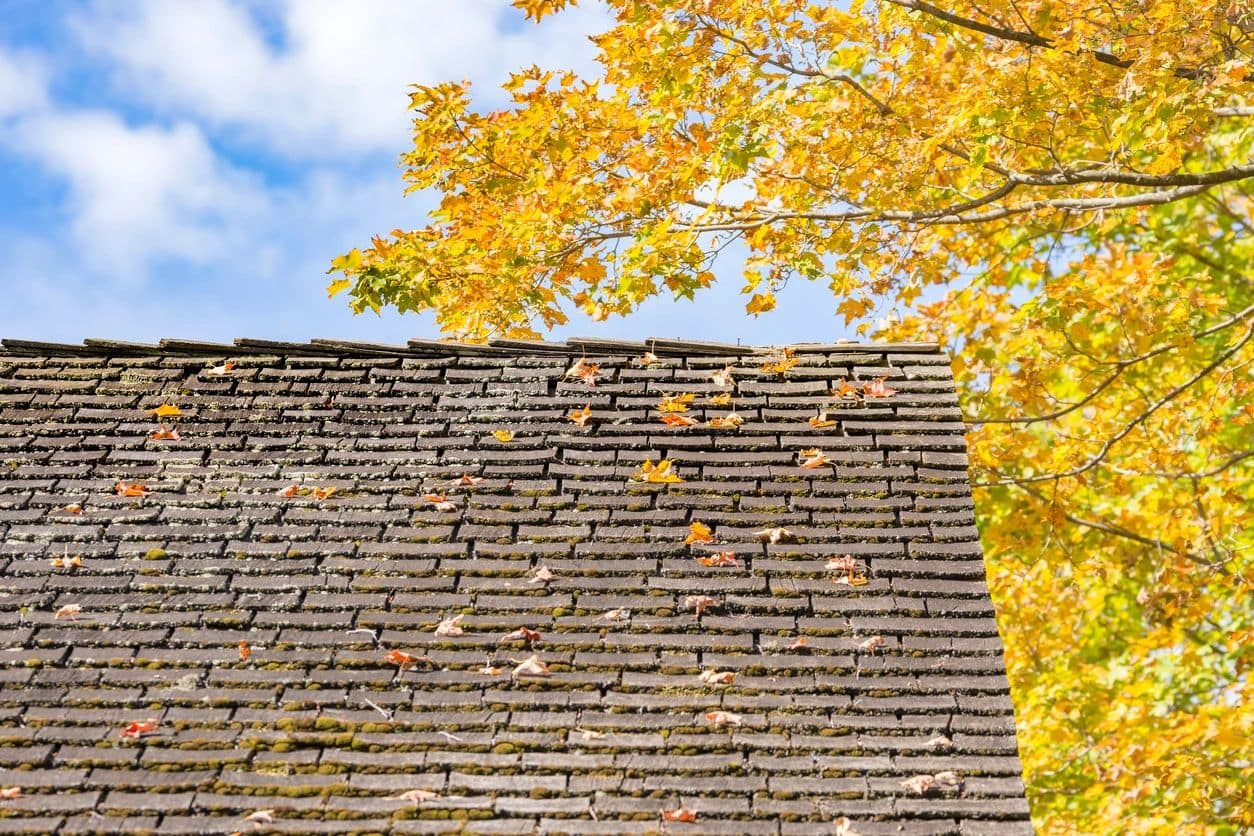No two homes are ever alike. This means your home is going to have a unique list of repairs to deal with. So how do you find these repairs and what do you do next? Do you repair or leave it alone?
The process of getting a property ready to list can seem intimidating. There is a long list. Clearing the inside and outside clutter, cleaning the home. Organizing and throwing out the junk you have not seen in years.

We all know it is easy to miss a lot of the wear and tear that happens to your home over the years. But when you start thinking about selling, the state of your home becomes much clearer. A home is an investment, and regular maintenance helps keep your investment strong.
Buyers often look for homes that require few repairs and are ready to Move in! A little prevention can spare you from the pain of watching a buyer walk away. A deal can fall apart because the home inspector found issues the buyer is not ready to deal with after closing.
Welcome to the world of Fixing to Sell. Now, you cannot just throw the listing on the market and hope for a buyer. You must prepare, and presentation is essential.
Who wants to pour more $$$$$ into the house they are leaving behind? You do. The last thing you want is for your buyer to walk away from the sale over a jiggly toilet seat handle. Deals falling through due to repair issues happen more often than you think.
Best Repairs Worth Making Before You Sell:
1. Cosmetics
As a rule of thumb, cosmetic renovations are normally cheaper than structural renovations. Buyers buy with their eyes, so now is the time to go through the interior in detail. Are there dents and dings on the walls and doors? Scratched moldings or worn-out paint? Spruce up the inside with a fresh coat of paint. Pick light, neutral and on-trend colors. Fix minor cracks in the wall. Cosmetics usually involves things that are clear and not hidden like wiring or plumbing. Replace worn or stained carpeting. Replace any chipped or cracked floor tiles or refinish scratched or dented hardwood. Replace old drapes and window coverings. Change the linens in bedrooms and towels in bathrooms. Put some fresh flowers in the kitchen.
2. Exterior
Curb Appeal. The exterior is the first thing buyers will see, so you want it to look great! Replace missing fence boards, add sod if the yard is looking like it needs it, clean up any junk that may have accumulated in the yard or on the outside. Change the house number or letterbox to something new and fresh.
Make sure the grass is mowed and that weeds are taken care of. Plant some flowers in the beds to add color and make the place feel homier. Trim the palm trees and bushes and don’t leave any garbage around.
3. Kitchen
Do not do a complete kitchen renovation unless you know you can make your money back on the sale. You can make minor repairs that will make your kitchen appear more inviting. Paint if necessary. Change the hardware on the cabinets. Install new fixtures. Replace the countertops with something more appealing (granite and marble are not necessary). The price of solid surface materials has come down in recent years so it might be worth getting an estimate.
With the appliances, buyers are going to expect these to work. If the oven, dishwasher, refrigerator, or range are out of order or in awful condition, consider replacing them.
4. HVAC
Your heating, ventilation, and air conditioning system (HVAC) should be in good working order. It should be clean and free of leaks. Your thermostat should be operating properly. Hire an HVAC technician to complete a tune-up and change the AC filter. Make sure you get an assessment of your system’s condition.
Leaving repairs for a buyer is not a smart thing to do if you are looking to get the most money for your home. Now that you know what to look for. Have a pre-inspection done on your home, so you can fix the major issues before listing the property.
For other most common problem areas, you will need to hire a professional. Things like faulty wiring, drainage, roof problems, foundation problems, poor upkeep, and plumbing.







